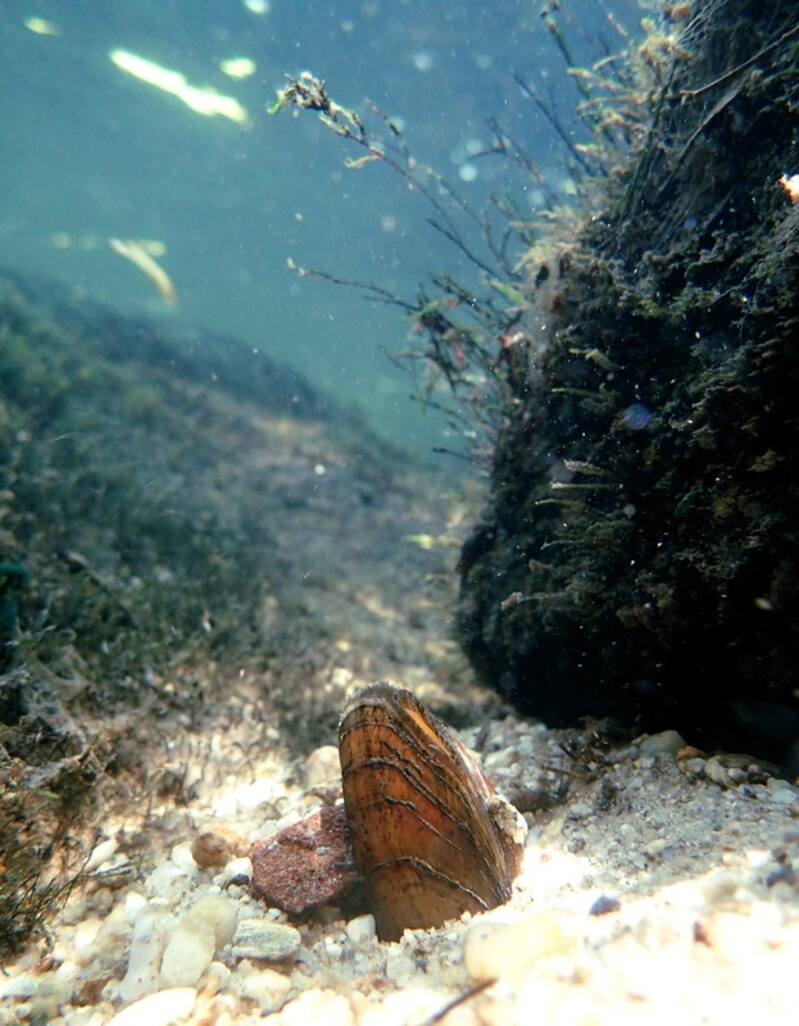Environmental groups led by the Center for Biological Diversity filed a lawsuit on April 17, 2025, to push the U.S. Fish and Wildlife Service to protect the brook floater mussel under the Endangered Species Act. The lawsuit, filed in the U.S. District Court for the District of Columbia, challenges a 2019 decision that denied protection to this freshwater species.
“Brook floater mussels work tirelessly day after day to clean the waters that we all rely on, but they desperately need endangered species protections,” said Tierra Curry, senior scientist and endangered species codirector at the Center. “We’re still fixing the damage from the first Trump administration, and these mussels should’ve never been denied protections in the first place.”
A 15-Year Battle for Protection
This legal action revives efforts that began 15 years ago when the Center first petitioned for the mussel’s protection in 2010. The brook floater once thrived from the Canadian Maritimes to Georgia but has suffered severe population declines. In some areas, populations have dropped by 50% to 95%, and the species has completely vanished from Rhode Island, Delaware, and the District of Columbia.
Brook floater mussels play a crucial role in freshwater ecosystems. These filter feeders consume algae, bacteria, and organic matter, improving water quality and stream health. Their presence benefits other aquatic life and creates habitat structure on stream bottoms for invertebrates and fish.
Multiple Threats Driving Decline
The lawsuit highlights several key threats pushing the brook floater toward extinction:
Development, agriculture, and forestry practices lead to sedimentation and pollution that make habitats unsuitable. Dams, road crossings, and other structures fragment streams, disrupting water flow and preventing movement of both mussels and their host fish, which are essential for reproduction.
Similar Posts
Industrial discharge, agricultural runoff containing pesticides and fertilizers, and sewage treatment plant effluents contaminate waterways. Climate change brings rising water temperatures and changes in water flow, further stressing these sensitive creatures.
The brook floater’s complex life cycle depends on specific host fish species. The mussel larvae, called glochidia, must attach to fish like brook trout, longnose dace, blacknose dace, and certain sunfish to develop into juvenile mussels. Stream barriers prevent these fish from reaching mussel populations, hindering reproduction.

Conservation Efforts Already Underway
While the federal listing remains pending, state agencies and conservation organizations are working on brook floater research and protection. These efforts include population surveys, habitat assessments, development of techniques to potentially reintroduce mussels, and monitoring existing populations. Groups like the Brook Floater Working Group coordinate conservation efforts across the species’ range.
The Center for Biological Diversity has successfully sued over similar protection denials for other species including wolverines, eastern hellbenders, and Kirtland’s snakes. The brook floater case represents another chapter in ongoing efforts to reverse endangered species decisions made during the previous Trump administration.
As water quality indicators and natural water purifiers, these small mussels highlight larger issues of stream health and watershed protection across the eastern United States. Their preservation could benefit not just the species itself but entire aquatic ecosystems.







![Representative Image: European Starling [49/366]. Photo Source: Tim Sackton (CC BY-SA 2.0)](https://www.karmactive.com/wp-content/uploads/2025/04/Starlings-Drop-82-in-UK-Gardens-as-Birdwatch-2025-Reveals-Record-Low-Count-Since-1979-720x480.jpg)










